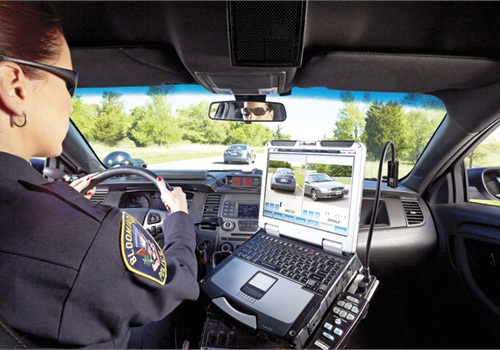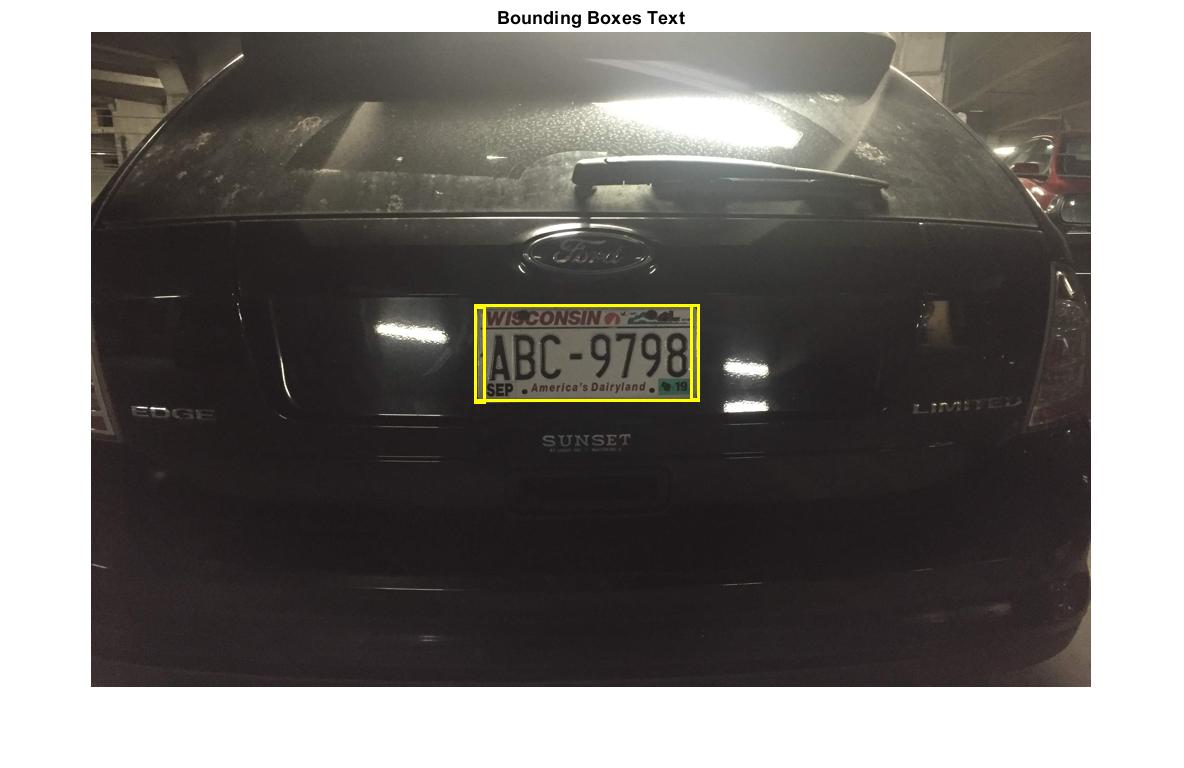License plates are a staple of the modern car and find many uses in modern society. There are currently 272.1 million vehicles on the road today in the United States. Every single one is legally required to have a license plate. This makes it easy for law enforcement to identify each individual car, who owns it, and to verify that it is on the road legally. Outside of the US government, other groups make use of the license plate. Insurance companies use the license plate to track the vehicles which they are insuring. Hotels, landlords, and businesses often use it to mark which cars are allowed to park in their private spaces.
The ability to easily identify the license plate is crucial to obtaining the information associated with it. Doing this electronically from an image or video feed, would be even more beneficial. It would allow for the data associated with the plate to be accessed instantaneously. This could give the receiver the ability to identify the owner of the car, check if it was stolen, or determine if it is allowed to be in its current spot.
Current ALPR technology is often narrow in scope, varies in effectiveness, and is expensive. Prices in excess of $1,000 are common for the software alone. A cheaper, more effective solution would make it more applicable in the private sector--for use in identifying cars in parking ramps, business parking, and personal security.
It is our goal to make this technology more accessible by implementing a solution that is both cheap and effective. We aim to keep the software general in application, such that it can handle a variety of use cases. One that would remain successful given different styles of plates, different angles, and different lighting. Our hope is that it may also be easy to modify such that it can be used in other applications outside of license plate recognition. For instance, as a document scanner and reader, or used to read package labels in a shipping facility.

